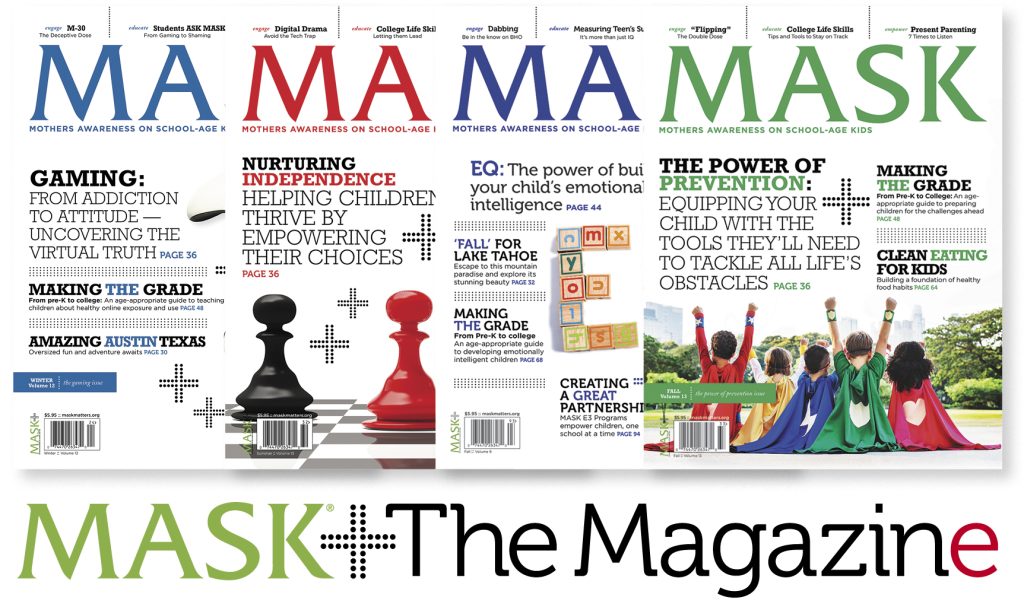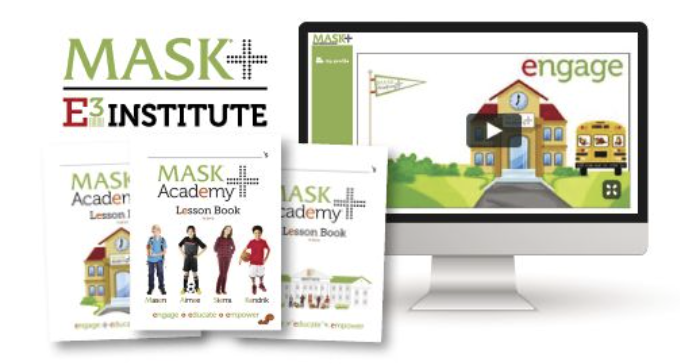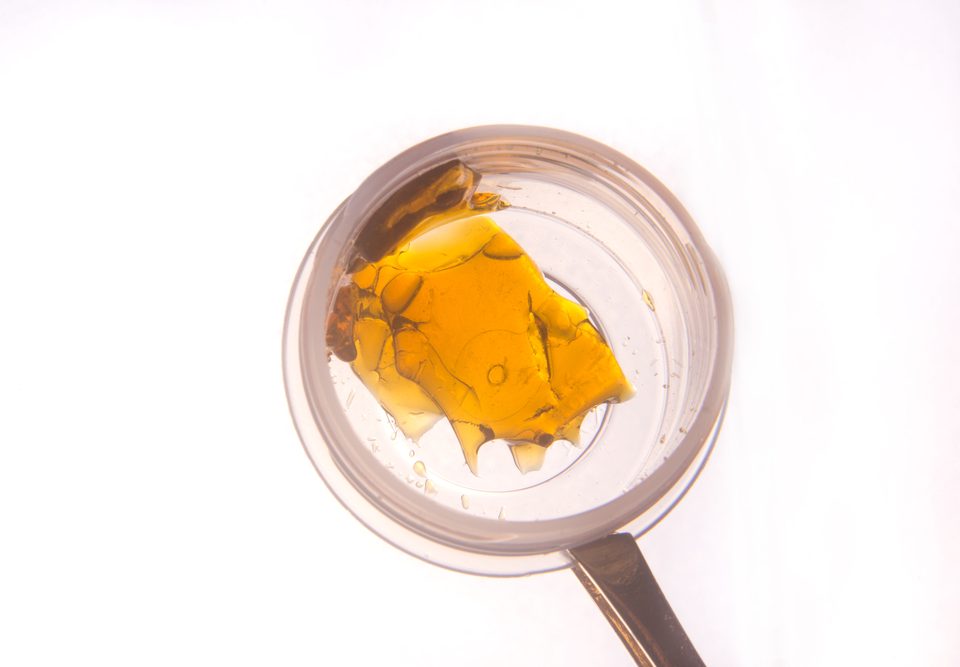
Emotional Driving for Teens
August 9, 2024
How to Set Boundaries with Your Child
August 14, 2024
MDMA, also known as ecstasy or molly, is a synthetic drug that alters mood and perception. It is chemically similar to both stimulants and hallucinogens, producing feelings of increased energy, pleasure, emotional warmth, and distorted sensory and time perception. Parents need to be aware of the risks and signs associated with MDMA use to protect their teens and provide appropriate guidance. Here is what parents need to know about MDMA:
MDMA, also known as ecstasy or molly, is a synthetic drug that alters mood and perception. It is chemically similar to both stimulants and hallucinogens, producing feelings of increased energy, pleasure, emotional warmth, and distorted sensory and time perception. Parents need to be aware of the risks and signs associated with MDMA use to protect their teens and provide appropriate guidance. Here is what parents need to know about MDMA:
Understanding MDMA
- Appearance and Use: MDMA is typically found in tablet, capsule, powder, or crystal form. It is often taken orally but can also be snorted or, less commonly, injected.
- Effects: The drug causes increased energy, euphoria, emotional closeness, and sensory perception changes. However, it can also cause negative effects like anxiety, agitation, sweating, chills, and nausea.
- Duration: The effects of MDMA usually last between 3 to 6 hours, but users often take multiple doses in a single session, prolonging the effects.
Risks and Side Effects
- Short-Term Risks: MDMA can cause dehydration, hyperthermia (dangerously high body temperature), and electrolyte imbalance, leading to severe health complications.
- Long-Term Risks: Repeated use can lead to memory problems, depression, anxiety, and difficulty sleeping. It may also cause persistent psychological issues.
- Addiction: While MDMA is not as addictive as some other drugs, it can still lead to psychological dependence and habitual use.
- Contamination: MDMA is often mixed with other substances, such as methamphetamine, caffeine, or synthetic cathinones (“bath salts”), increasing the risk of harmful effects.
Signs of MDMA Use
- Behavioral Changes: Sudden changes in mood, energy levels, and sociability. Teens might seem unusually energetic, euphoric, or emotionally open.
- Physical Symptoms: Excessive sweating, chills, dilated pupils, jaw clenching, muscle cramps, or teeth grinding.
- Paraphernalia: Finding pills, powder, capsules, or items like glow sticks and pacifiers, which are sometimes associated with MDMA use at raves or parties.
Prevention and Communication
- Educate Yourself and Your Teen: Learn about the effects and risks of MDMA. Have open, non-judgmental conversations with your teen about the dangers of drug use.
- Establish Clear Rules: Set clear expectations and consequences regarding drug use. Ensure your teen knows that using drugs is unacceptable and explain why.
- Encourage Healthy Activities: Promote involvement in sports, hobbies, and other positive activities that can provide a natural high and sense of accomplishment.
- Build a Trusting Relationship: Create a supportive environment where your teen feels comfortable discussing their issues and pressures.
What to Do if You Suspect Use
- Stay Calm and Supportive: Approach the situation with care and avoid being accusatory. Express your concerns and listen to your teen’s perspective.
- Seek Professional Help: If you believe your teen is using MDMA, consult a healthcare professional, counselor, or addiction specialist for guidance.
- Educate About Risks: Ensure your teen understands the potential short-term and long-term dangers of MDMA use.
- Monitor Their Activities: Be aware of your teen’s social circles and activities. Encourage open communication about where they are going and who they are spending time with.
Resources for Help
- Hotlines and Support Groups: Provide your teen with resources such as substance abuse hotlines and local support groups.
- Professional Counseling: Consider professional counseling or therapy for your teen to address underlying issues that may contribute to drug use.
- Educational Programs: Look for school or community programs that educate teens about the dangers of drug use and provide coping strategies.
By staying informed, communicating openly, and providing support, parents can help their teens navigate the pressures and risks associated with MDMA and other substances.
- Appearance and Use: MDMA is typically found in tablet, capsule, powder, or crystal form. It is often taken orally but can also be snorted or, less commonly, injected.
- Effects: The drug causes increased energy, euphoria, emotional closeness, and sensory perception changes. However, it can also cause negative effects like anxiety, agitation, sweating, chills, and nausea.
- Duration: The effects of MDMA usually last between 3 to 6 hours, but users often take multiple doses in a single session, prolonging the effects.
Risks and Side Effects
- Short-Term Risks: MDMA can cause dehydration, hyperthermia (dangerously high body temperature), and electrolyte imbalance, leading to severe health complications.
- Long-Term Risks: Repeated use can lead to memory problems, depression, anxiety, and difficulty sleeping. It may also cause persistent psychological issues.
- Addiction: While MDMA is not as addictive as some other drugs, it can still lead to psychological dependence and habitual use.
- Contamination: MDMA is often mixed with other substances, such as methamphetamine, caffeine, or synthetic cathinones (“bath salts”), increasing the risk of harmful effects.
Signs of MDMA Use
- Behavioral Changes: Sudden changes in mood, energy levels, and sociability. Teens might seem unusually energetic, euphoric, or emotionally open.
- Physical Symptoms: Excessive sweating, chills, dilated pupils, jaw clenching, muscle cramps, or teeth grinding.
- Paraphernalia: Finding pills, powder, capsules, or items like glow sticks and pacifiers, which are sometimes associated with MDMA use at raves or parties.
Prevention and Communication
- Educate Yourself and Your Teen: Learn about the effects and risks of MDMA. Have open, non-judgmental conversations with your teen about the dangers of drug use.
- Establish Clear Rules: Set clear expectations and consequences regarding drug use. Ensure your teen knows that using drugs is unacceptable and explain why.
- Encourage Healthy Activities: Promote involvement in sports, hobbies, and other positive activities that can provide a natural high and sense of accomplishment.
- Build a Trusting Relationship: Create a supportive environment where your teen feels comfortable discussing their issues and pressures.
What to Do if You Suspect Use
- Stay Calm and Supportive: Approach the situation with care and avoid being accusatory. Express your concerns and listen to your teen’s perspective.
- Seek Professional Help: If you believe your teen is using MDMA, consult a healthcare professional, counselor, or addiction specialist for guidance.
- Educate About Risks: Ensure your teen understands the potential short-term and long-term dangers of MDMA use.
- Monitor Their Activities: Be aware of your teen’s social circles and activities. Encourage open communication about where they are going and who they are spending time with.
Resources for Help
- Hotlines and Support Groups: Provide your teen with resources such as substance abuse hotlines and local support groups.
- Professional Counseling: Consider professional counseling or therapy for your teen to address underlying issues that may contribute to drug use.
- Educational Programs: Look for school or community programs that educate teens about the dangers of drug use and provide coping strategies.
By staying informed, communicating openly, and providing support, parents can help their teens navigate the pressures and risks associated with MDMA and other substances.

Subscribe to MASK The Magazine
Or
Did you know that you can add past issues of MASK The Magazine and start your MASK Library –
Enroll your child or school in the MASK E3 Institute to equip them with the knowledge to make safe healthy and informed decisions.



